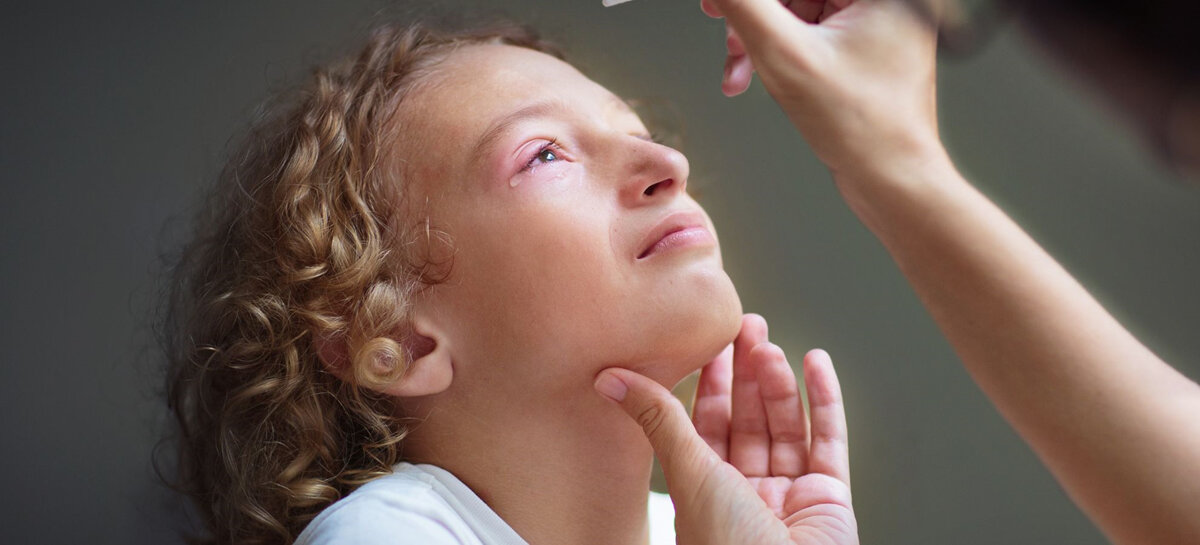When to See a Doctor
While conjunctivitis often resolves on its own, certain symptoms warrant a visit to a healthcare provider:
- Infants under six weeks old: Newborns with conjunctivitis require immediate medical attention as the condition could be caused by bacteria from the birth canal, which can be serious.
- Moderate to severe eye pain
- Sensitivity to light (photophobia)
- Blurry or reduced vision
- Eye injury: If conjunctivitis follows an injury, such as a scratch or chemical exposure.
- Fever and general unwellness: Accompanying symptoms of illness may indicate a more serious infection.
Treatment of Conjunctivitis
Treatment varies depending on the type of conjunctivitis:
-
Bacterial Conjunctivitis:
- Mild cases may resolve on their own in a week.
- Antibiotic eye drops or ointments can be prescribed to speed up recovery and reduce the risk of spreading the infection.
-
Viral Conjunctivitis:
- There is no specific treatment; it typically resolves on its own within a few weeks.
- Artificial tears and cold compresses can help alleviate discomfort.
- Good hygiene practices are crucial to prevent spreading the infection.
-
Allergic Conjunctivitis:
- Treatment focuses on relieving symptoms with antihistamine eye drops or oral antihistamines.
- Avoiding the allergen is the most effective way to prevent symptoms.
Home Care for Conjunctivitis
You can manage and relieve the symptoms of conjunctivitis at home with the following tips:
- Clear Discharge: Gently clean away discharge using a cotton ball soaked in warm water. Wipe from the inside corner to the outside and use a separate cotton ball for each eye.
- Cold Compress: Place a clean, cold cloth over the eyes to reduce swelling and irritation.
- Good Hygiene: Wash hands frequently, avoid touching or rubbing the eyes, and do not share towels or pillowcases.
Preventing the Spread of Conjunctivitis
To prevent the spread of conjunctivitis, especially the infectious types:
- Wash hands thoroughly and frequently.
- Avoid touching or rubbing your eyes.
- Do not share personal items like towels, facecloths, or makeup.
- If you wear contact lenses, discontinue use until the infection clears and clean your lenses thoroughly before reusing them.
Special Considerations for Children
Children with infectious conjunctivitis should be kept home from school or daycare until their eyes are no longer sticky or weeping, as the condition is highly contagious. If your child’s symptoms persist or worsen, seek medical advice.
Conjunctivitis, though common and often mild, can cause significant discomfort and is highly contagious in its bacterial and viral forms. By understanding the symptoms, causes, and treatments and practising good hygiene, you can manage conjunctivitis effectively and prevent its spread. Consult your healthcare provider for appropriate care if you have concerns, especially with young children or severe symptoms. Your friendly pharmacist can help with advice and products to help with conjunctivitis.






